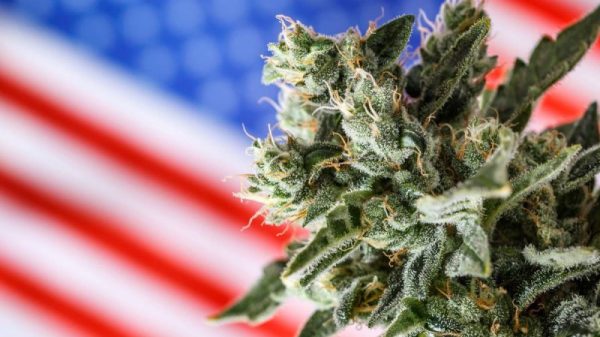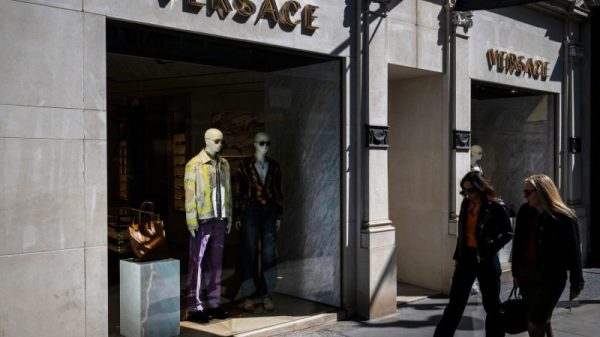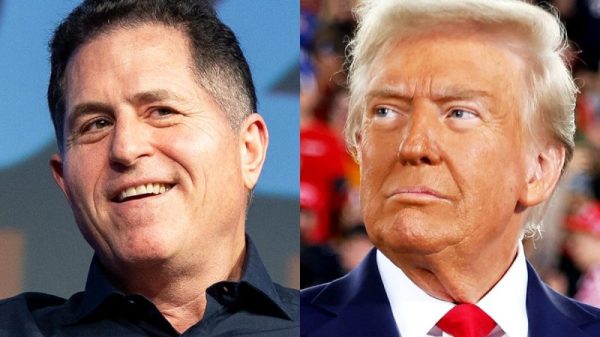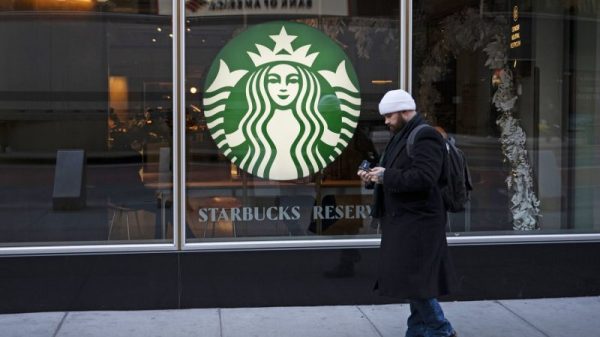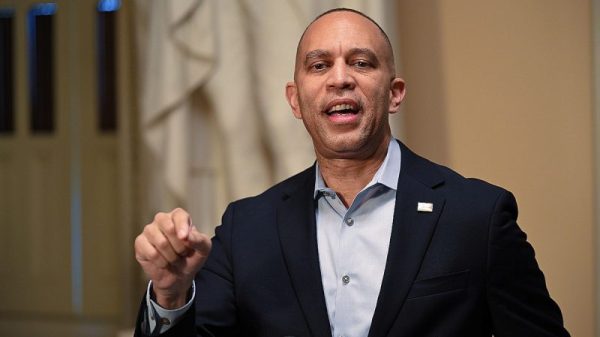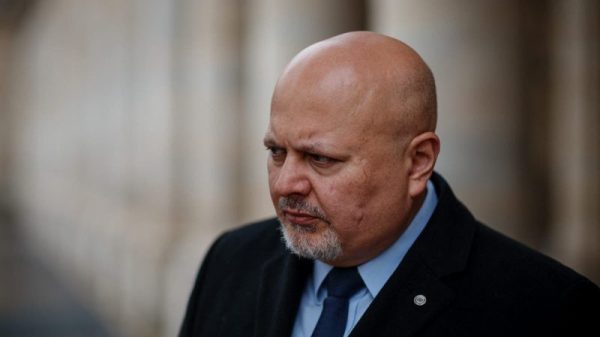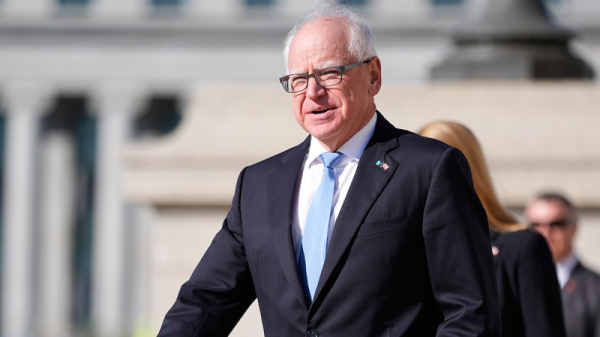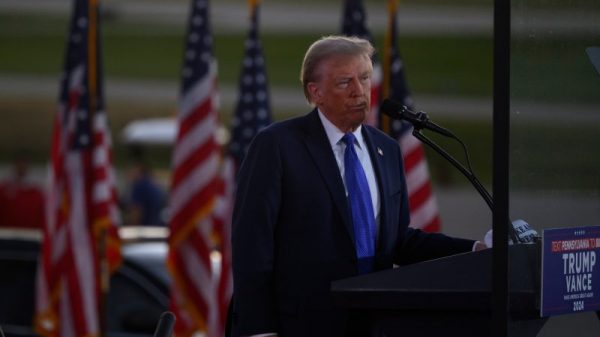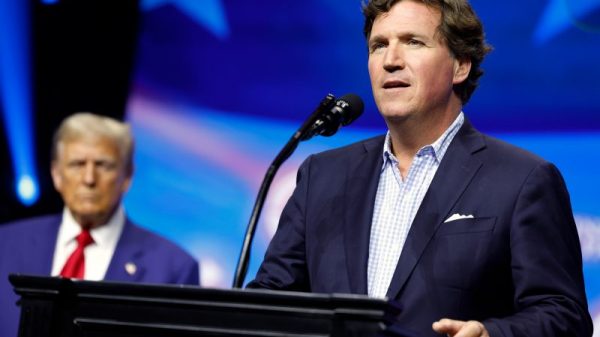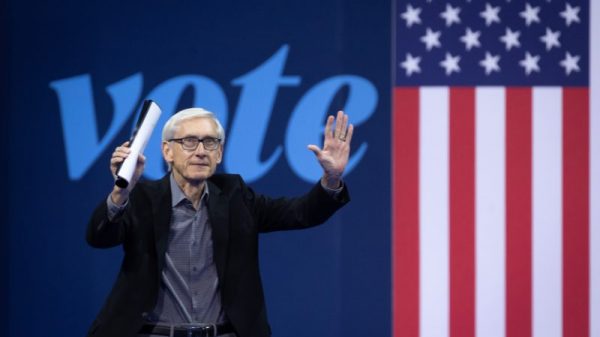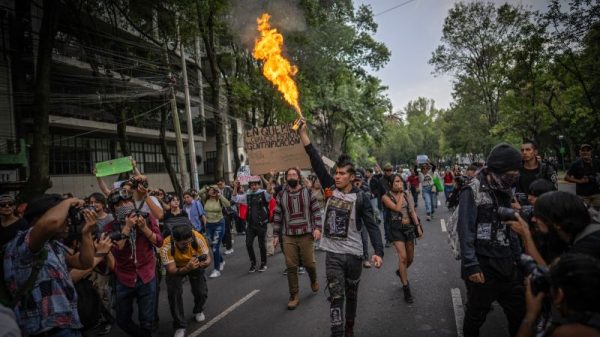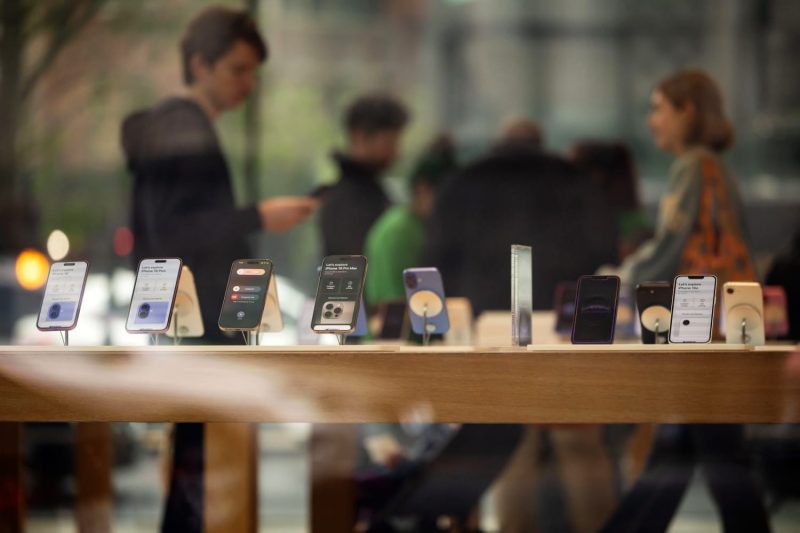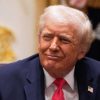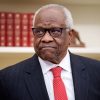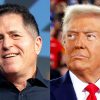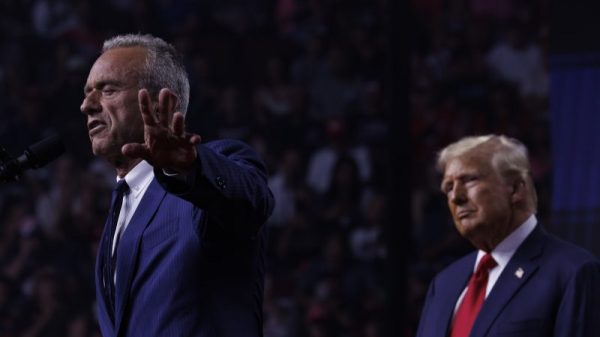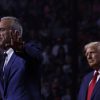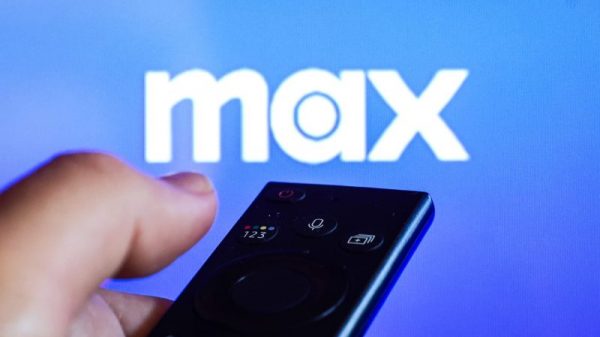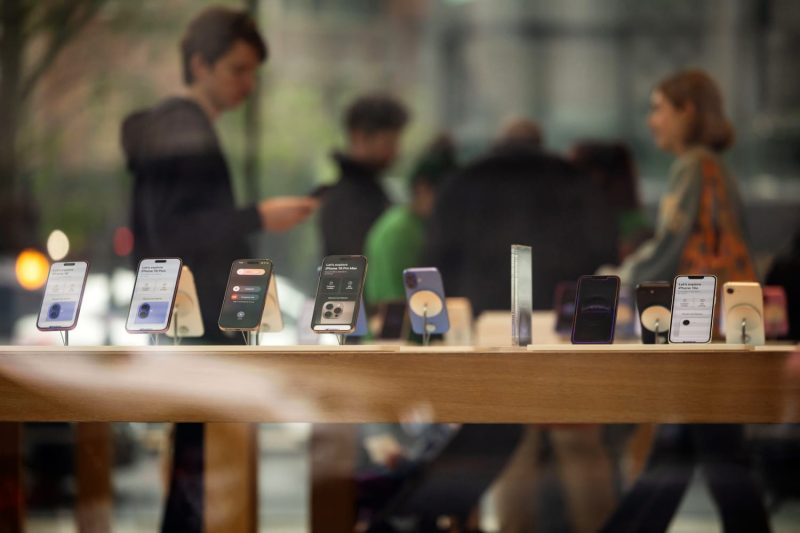
The once-solid relationship between President Donald Trump and Apple CEO Tim Cook is breaking down over the idea of a U.S.-made iPhone.
Last week, Trump said he “had a little problem with Tim Cook,” and on Friday, he threatened to slap a 25% tariff on iPhones in a social media post.
Trump is upset with Apple’s plan to source the majority of iPhones sold in the U.S. from its factory partners in India, instead of China. Cook confirmed this plan earlier this month during earnings discussions.
Trump wants Apple to build iPhones for the U.S. market in the U.S. and has continued to pressure the company and Cook.
“I have long ago informed Tim Cook of Apple that I expect their iPhone’s that will be sold in the United States of America will be manufactured and built in the United States, not India, or anyplace else,” Trump posted on Truth Social on Friday.
Analysts said it would probably make more sense for Apple to eat the cost rather than move production stateside.
“In terms of profitability, it’s way better for Apple to take the hit of a 25% tariff on iPhones sold in the US market than to move iPhone assembly lines back to US,” Apple supply chain analyst Ming-Chi Kuo wrote on X.
UBS analyst David Vogt said that the potential 25% tariffs were a “jarring headline” but that they would only be a “modest headwind” to Apple’s earnings, dropping annual earnings by 51 cents per share, versus a prior expectation of 34 cents per share under the current tariff landscape.
Experts have long held that a U.S.-made iPhone is impossible at worst and highly expensive at best.
Analysts have said that iPhones made in the U.S. would be much more expensive, CNBC previously reported, with some estimates ranging between $1,500 and $3,500 to buy one at retail. Labor costs would certainly rise.
But it would also be logistically complicated.
Supply chains and factories take years to build out, including installing equipment and staffing up. Parts that Apple imported to the United States for assembly might be subject to tariffs as well.
Apple started manufacturing iPhones in India in 2017 but it was only in recent years that the region was capable of building Apple’s latest devices.
“We believe the concept of Apple producing iPhones in the US is a fairy tale that is not feasible,” wrote Wedbush analyst Dan Ives in a note on Friday.
Other analysts were wary about predicting how Trump’s threat ultimately plays out. Apple might be able to strike a deal with the administration — despite the eroding relationship — or challenge the tariffs in court.
For now, most of Apple’s most important products are exempt from tariffs after Trump gave phones and computers a tariff waiver — even from China — in April, but Apple doesn’t know how the Trump administration’s tariffs will ultimately play out beyond June.
“We’re skeptical” that the 25% tariff will materialize, wrote Wells Fargo analyst Aaron Rakers.
He wrote that Apple could try to preserve its roughly 41% gross margin on iPhones by raising prices in the U.S. by between $100 and $300 per phone.
It’s unclear how Trump intends to target Apple’s India-made iPhones. Rakers wrote that the administration could put specific tariffs on phone imports from India.
Apple’s operations in India continue to expand.
Foxconn, which assembles iPhones for Apple, is building a new $1.5 billion factory in India that could do some iPhone production, the Financial Times reported Thursday.
Apple declined to comment on Trump’s post.



